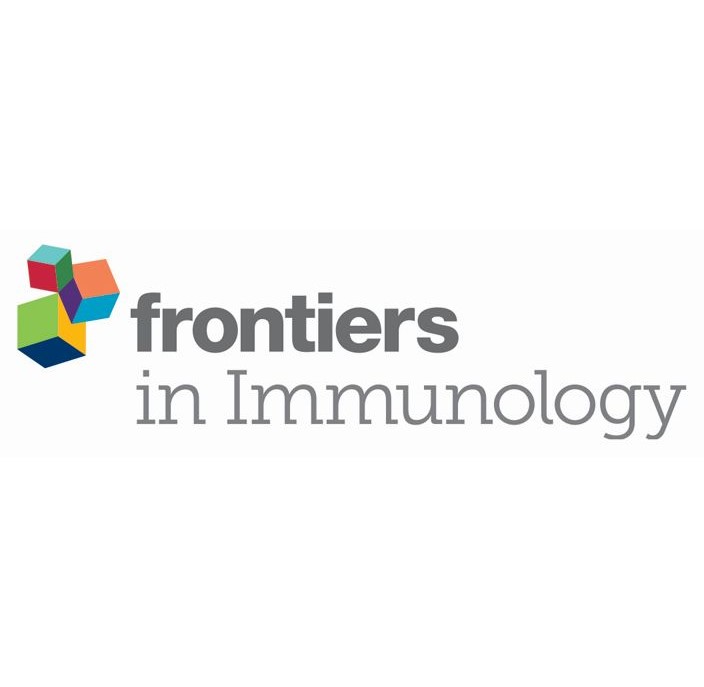“OBJECTIVE:
To report on the habits of cannabis consumption among fibromyalgia patients in Israel.
RESULTS:
Of 2,705 people, 383 (14%) responded to the questionnaire, with a mean age of 42.2±14.2 years. Of the responders, 84% reported consuming cannabis, and 44% were licensed for MC. The mean amount per month of cannabis consumed was 31.4±16.3g, and 80% of cannabis consumers (CC) smoked pure cannabis or cannabis mixed with tobacco. Pain relief was reported by 94% of CC, while 93% reported improved sleep quality, 87% reported improvement in depression, and 62% reported improvement in anxiety. Of MC-licensed CC, 55% bought cannabis beyond the medical allowance on the black market. Adverse effects were reported by 12% of CC. Only 8% reported dependence on cannabis. Most CC (64%) worked either full- or part-time jobs, and 74% reported driving “as usual” under cannabis use.
CONCLUSIONS:
Cannabis consumption among fibromyalgia patients in our country is very common and is mostly not licensed. Nearly all CC reported favorable effects on pain and sleep, and few reported adverse effects or feeling of dependence on cannabis.”







